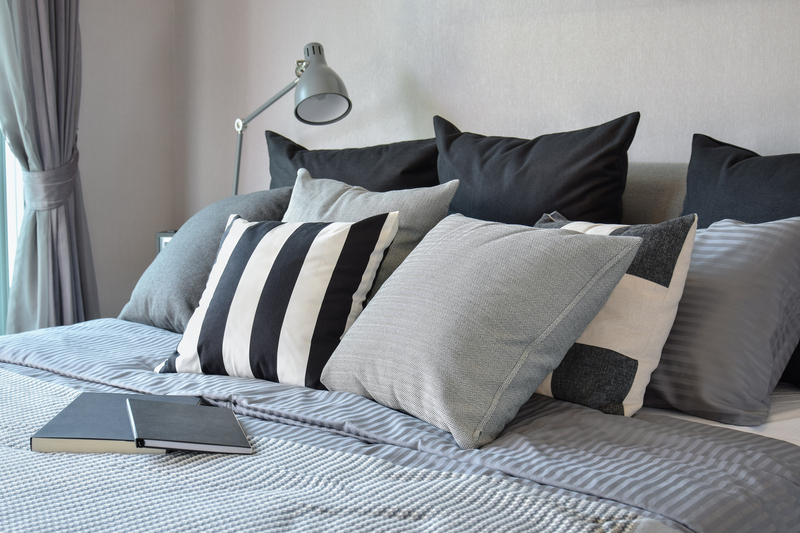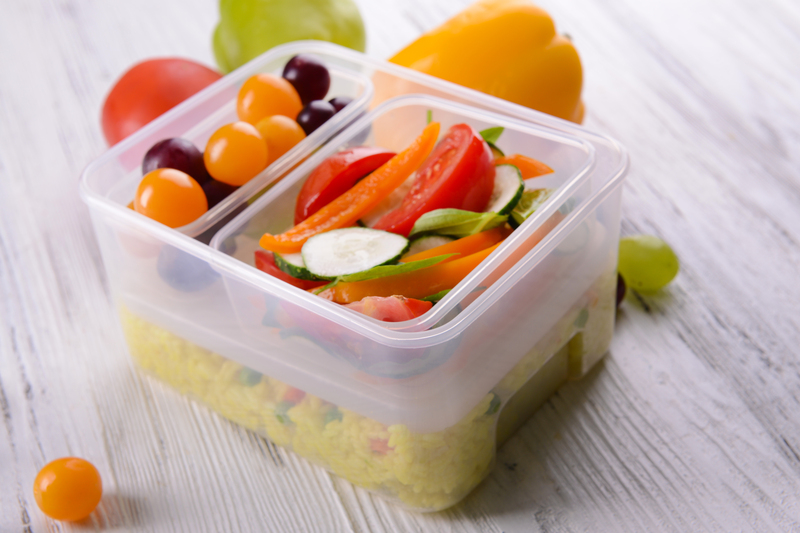Give Plastic Containers a Second Chance as Trendy Planters
Looking for smart, sustainable ways to upcycle in your garden or home? Instead of tossing those empty plastic food tubs, bottles, and jugs, why not give plastic containers a second chance as trendy planters? With a bit of creativity, you can transform everyday plastic waste into eye-catching, eco-friendly pots that add style and greenery to any space.

Why Reuse Plastic Containers as Planters?
Every year, millions of tons of plastic end up in landfills and our oceans. Repurposing plastic containers as planters is a small but impactful way to reduce your carbon footprint while saving money on garden supplies. This eco-conscious trend has taken the gardening world by storm, and for good reason:
- Environmentally friendly: Cutting down on single-use plastics keeps them out of landfills and reduces the demand for new products.
- Cost-effective: Reusing plastic containers means free or low-cost planters for your home, balcony, or garden.
- Customizable: With a little paint, fabric, or twine, you can design planters to fit any decor style.
- Lightweight and Durable: Plastic is easy to handle and can last for years, making it practical for both indoor and outdoor use.
- Fun DIY Projects: Upcycling plastic planters is a creative and engaging activity for adults and kids alike.
Choosing Plastic Containers for Upcycled Planters
You might be surprised at how many household plastics are suitable for upcycling into stylish plant pots. Here are some common types:
- Food tubs and yogurt containers
- Plastic bottles (soda, milk, juice)
- Laundry detergent jugs
- Takeout containers
- Large buckets or storage bins
Look for sturdy plastics that can withstand water and handle the weight of soil and plants. Containers with wider openings are easier to fill and arrange, while clear plastics can become attractive self-watering pots. Always wash and dry containers thoroughly before converting them into planters.
What Size Should You Choose?
The right container depends on your plant choices. For herbs and succulents, small to medium tubs work well. If you're growing larger plants or flowers, opt for gallon-sized jugs or buckets. Deep-rooted plants need taller containers to allow roots to expand.
How to Transform Plastic Containers into Trendy Planters
Step 1: Cleaning and Preparing Your Plastic
Start by removing any labels, glue residue, or food particles. Wash the container thoroughly with warm, soapy water. Soaking stubborn labels in a mixture of baking soda and vegetable oil can help peel them off cleanly.
- Make sure the container is dry before adding soil.
- Check for cracks or weak spots -- reinforce with duct tape if necessary.
Step 2: Add Drainage
Drainage is crucial in any planter to prevent root rot. Using a drill, a nail, or scissors, poke a few holes in the bottom of your container. For larger planters, 5-6 holes spaced evenly should suffice; smaller cups may only need 1-2.
Tip: Place a small stone over each hole on the inside to prevent soil from washing through.
Step 3: Decorate Your Containers
Here's where you can turn discarded plastic into a trendy, Instagram-worthy planter! Try these ideas:
- Paint: Use acrylic, spray, or chalk paint in colors and patterns that match your space.
- Fabric Wraps: Wrap your container in burlap, jute, or patterned fabric for a rustic or cozy look.
- Decoupage: Apply decorative paper or napkins with glue for a playful, artsy vibe.
- Washi Tape: Add stripes, designs, or geometric shapes with colorful tape.
- Stickers and Stencils: Personalize with names, plant types, or fun illustrations.
Step 4: Planting
Fill your newly styled container with fresh potting mix. If possible, mix in some compost for extra nutrients. Plant herbs, succulents, flowers, or even vegetables, and water gently.
Display your upcycled plastic planters on shelves, window ledges, hanging baskets, or patio tables for a burst of greenery and personality.
Creative Ideas for Repurposed Plastic Planters
1. Soda Bottle Hanging Planters
Cut a plastic bottle in half, punch holes for hanging, and decorate the outside. Thread twine or wire through the holes and hang from hooks or balcony railings. These lightweight planters are perfect for trailing plants like ivy or spider plants.
2. Self-Watering Herb Gardens
Transform larger water bottles or milk jugs into self-watering planters. Cut the bottle in half, invert the top, and plant your herbs. Fill the base with water, and thread a cotton wick through the neck so your plant draws up water as needed. No more worrying about over- or under-watering!
3. Colorful Children's Gardens
Get kids involved in gardening by letting them decorate their own yogurt cups or snack tubs. Use bold paints, googly eyes, and stickers to turn containers into fun characters or animals. Fill with easy-to-grow seeds like beans or marigolds for a science project that doubles as room decor.
4. Vertical Wall Gardens
Mount rows of painted plastic bottles or pots on fences or walls to create a vertical planter display. This is a space-saving solution for small balconies or urban gardens. Plant cascading flowers or strawberries for a living wall effect.
5. Upcycled Table Centerpieces
Small, chic yogurt or pudding cups painted gold or copper can become stylish tabletop planters. Fill with succulents or mini cacti for a low-maintenance, modern look.
Best Plants for Plastic Planter Projects
Not every plant is suited to every container. Here are some great options for your upcycled plastic planters:
- Succulents: Require little water and look great in small containers.
- Herbs: Basil, mint, chives, and parsley thrive in kitchen window planters.
- Leafy greens: Spinach, lettuce, or microgreens grow well in shallow tubs.
- Trailing plants: Ivy, pothos, or string of pearls are excellent for hanging setups.
- Spring flowers: Marigolds, pansies, and petunias brighten up patios and gardens.
Tips for Keeping Your Plastic Planters Looking Great
- Keep in indirect sunlight if the plastic is thin--strong sun can warp some containers over time.
- Repaint or refresh decorations if they fade or peel, especially for outdoor planters.
- Avoid waterlogging by emptying saucers or trays regularly.
- Repurpose large plastics (buckets, bins) for bigger plants, small ones for starter seedlings.
- For aesthetics, group planters of similar color or shape together for a more unified look.
Benefits of Giving Plastic Containers a Second Chance as Planters
There's more to this trend than saving money and reducing waste. Here's why reusing plastic containers as chic planters is beneficial:
- Reduces environmental impact by limiting single-use plastic waste.
- Promotes sustainability and aligns with zero-waste lifestyle principles.
- Sparks creativity in DIY projects and home decor.
- Teaches valuable lessons about resourcefulness to children and adults alike.
- Brings greenery indoors, which boosts well-being and freshens up the living space.

FAQ: Upcycling Plastic Containers as Planters
Is it safe to use all types of plastic for planters?
Most food-grade plastics and beverage bottles are safe for planters, but avoid older containers that are not meant for repeated use, as they may leach chemicals over time. Always use clean, undamaged plastics.
Can I grow vegetables in reused plastic containers?
Absolutely! Just ensure your container is large enough and has good drainage. Herbs, cherry tomatoes, peppers, radishes, and lettuce are popular choices for container gardening.
How can I make my upcycled planter last longer?
Protect the planter from strong sun, repaint as needed, and make sure to avoid ice buildup if kept outdoors in winter. A well-cared-for plastic pot can last several growing seasons.
Conclusion: Turn Trash into Trend
By reimagining plastic wastage as a resource, you join a global movement of creativity and sustainability. From yogurt tubs on your windowsill to a wall of cascading flowers in soda bottles, the ways to give plastic containers a second chance as trendy planters are practically endless.
Ready to start your upcycling journey? Look around your home for containers you'd otherwise throw away, gather some basic supplies, and let your imagination flourish. Not only will you grow beautiful plants, but you'll also help create a greener world--one plastic planter at a time.
This season, let your garden and home decor bloom with upcycled flair!